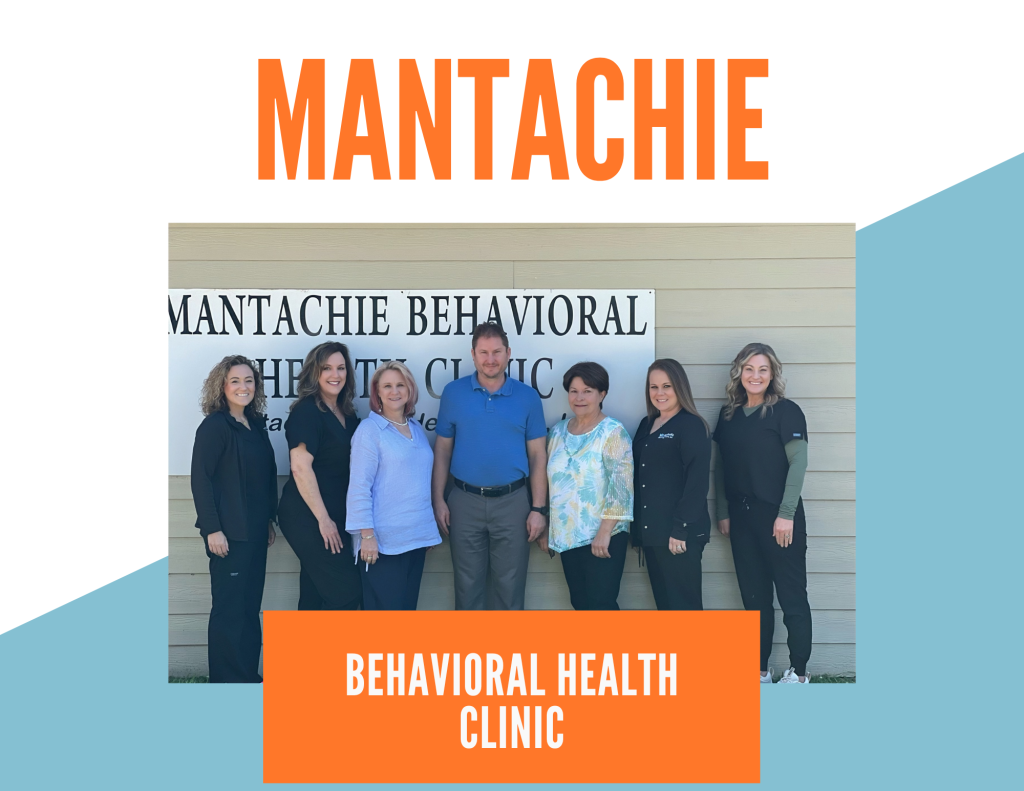Chronic obstructive pulmonary disease, better known as COPD, is a chronic inflammatory lung disease causing obstruction in the lung’s airways. The United States sees more than 3 million cases of COPD each year. COPD is known as a smoker’s disease–90 percent of patients are former smokers. However, nonsmokers can also develop COPD from secondhand smoke and exposure to environmental irritants and pollutants. In rare cases, nonsmokers develop COPD simply because of their DNA.
Early Warning Signs of COPD
The earliest signs of COPD are so mild that many people chalk up their symptoms to getting older. If left untreated, COPD can lead to chronic bronchitis, emphysema, and even cancer. The first and most common symptoms of COPD include:
- Shortness of breath in everyday activity
- Wheezing
- Chest tightness
- Constant coughing
- Producing large amounts of mucus
- Feeling tired or fatigued
- Developing frequent colds or flu
Though there is no cure for COPD, getting a diagnosis and treatment early is the key to living a healthier, normal, longer life. If your disease is allowed to progress, you’ll soon experience advanced symptoms such as:
- Swollen legs or fee due to fluid build-up
- Weight loss
- Less muscle strength/endurance
- Morningtime headaches
- Blue or grey lips or fingernails
In addition to these symptoms, you may also develop chronic bronchitis, emphysema, or cancer. Chronic bronchitis is the most common problem for COPD patients. It’s characterized by a “smoker’s cough”, or a nagging cough with mucus, that is worse in the mornings and during damp, cold weather.
Diagnosis and Treatment
COPD can be diagnosed by your general healthcare provider using your personal and family health history, a physical exam, a blood test, or the Spirometry breath test, the main test for COPD. The Spirometry test finds problems related to COPD before symptoms occur, and it can also help determine the stage of the disease. A chest x-ray may also be performed to rule out other possible causes of symptoms such as pneumonia.
Treatment for COPD begins with quitting smoking. Simply quitting smoking can help slow or stop damage to the lungs from COPD. Following a healthy diet and exercise plan (walking is the best exercise for COPD) can also improve symptoms. In addition to these lifestyle changes, your doctor may also prescribe long-acting and short-acting bronchodilators to treat your symptoms. Corticosteroids may also be prescribed occasionally when symptoms worsen and antibiotics may also be prescribed for infections. People with COPD are more prone to lung infections than those without the disease.
Patients with advanced stages of COPD are often prescribed oxygen therapy to help them stay active without feeling tired or out of breath. Oxygen therapy also protects the brain, heart, and other organs. In more serious cases, surgery such as a bullectomy or lung volume reduction may be necessary. These procedures remove the diseased part of the lung, allowing healthy tissue to perform better and make breathing easier. Patients with extreme cases may require lung transplant surgery for survival.
As you can see, COPD is a very serious disease that can also be prevented or slowed in most cases. The providers at Mantachie Rural Healthcare can help you stop smoking and also diagnose COPD if you are showing symptoms. To make an appointment with one of our providers, dial 662-282-4226.





